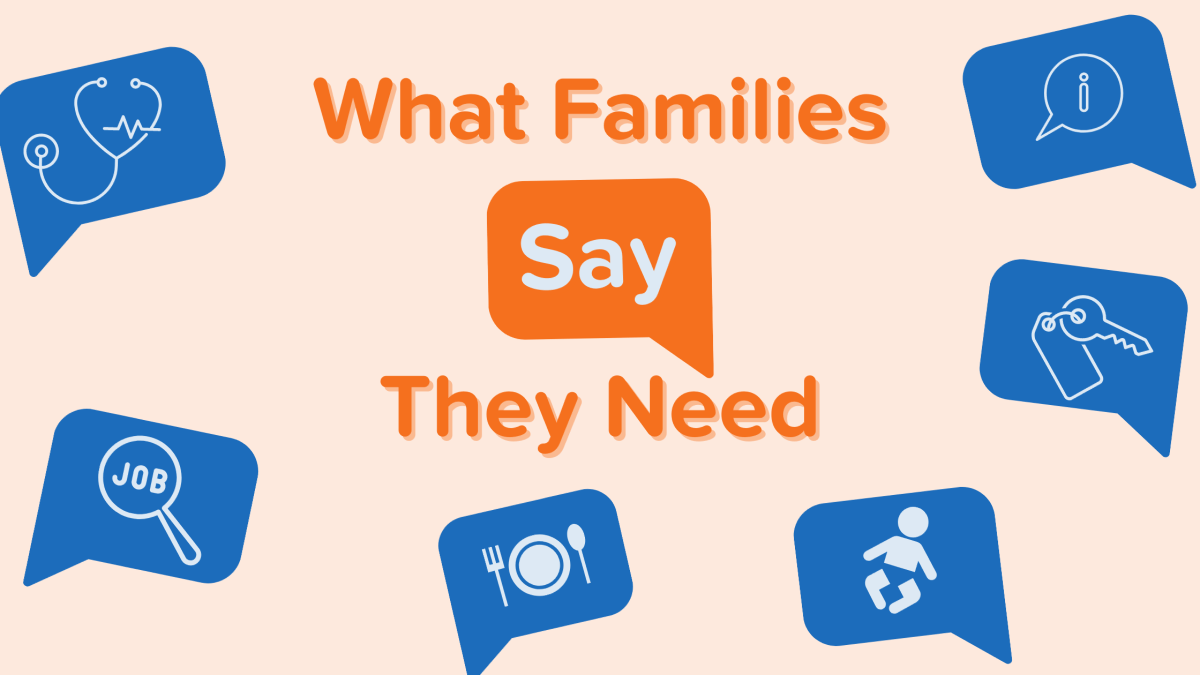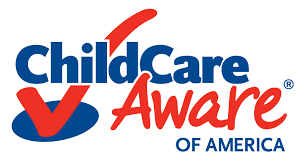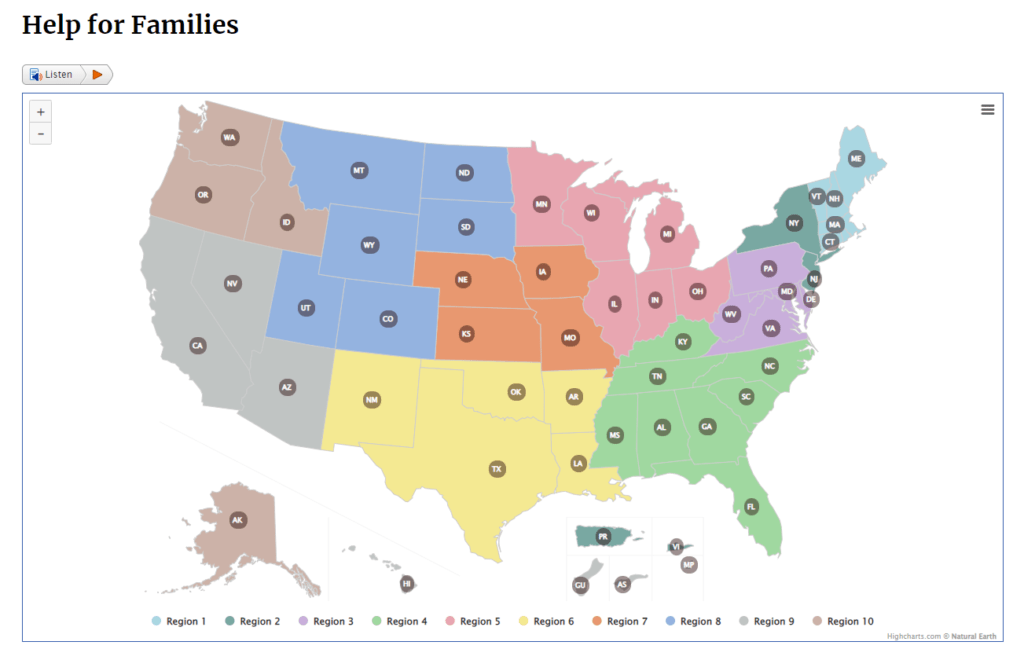By Maya Sussman, director of product
Educational equity relies largely on leveling the playing field for students; research shows that one of the best ways to do this is to make sure that students’ basic needs are met. In many cases, this means offering housing assistance, medical, dental, and mental health care.
As an educator, you can’t take these needs on alone. And so, you create a more level playing field by connecting students and their families to organizations offering essential services. Our partners share concrete resources, opportunities, and advice with their families constantly, based on their unique understanding of their community’s needs and strengths.
But how do you know that what you’re giving is actually helping to solve the problem you set out to solve? How do you know that families are taking advantage of the resources you’re sharing?
We’ve found that one of the best ways to answer these questions is surveying families. Our partners also have the ability to see how many families access each resource they share through our family engagement platform, and which families are accessing each resource. We have pulled together insights from the school districts, community organizations, early childhood education programs, and state agencies we serve to help you better understand which services families most value. We are happy to share some of the insights we’ve learned through this process.
Offering families resources they want boosts educational equity
The first question you may be asking yourself is whether families are looking for this support from you.
Based on our research, the answer is a clear “yes.”
We recently surveyed the families receiving Community Support Stream messages as part of our Trauma-Informed program. These messages help families access concrete supports in times of need by linking them to a variety of local and national resources, such as substance misuse recovery, violence treatment, food, housing, and economic services, job training, and mental health services.
Of the more than one thousand families who responded to our survey, 92% reported that the program helped them feel that support is available to them. When we asked what types of additional support would be helpful, many families shared that they were satisfied and grateful for the resources already provided in their Community Support Stream.

“I love that you are providing information about community supports for many issues that families are facing today.” (ParentPowered caregiver from Pennsylvania)
“[No additional support] that I can think of, it is good just to know that there is support out there. We may not need it but there is that comfort just knowing.” (ParentPowered caregiver from South Carolina)
Other families responded with specific requests for additional resources they would like to know more about. Across the hundreds of responses we received, some common themes emerged.
We hope you’ll find these insights helpful as you think about how to support your families this winter. And to give you a head start, we’re also sharing some of the resources that ParentPowered families have found particularly helpful this fall.
1. Parenting support and family engagement activities
One of the main themes that emerged from our survey was a need for additional resources to help families find support, build connections, and learn together. In particular, many families requested resources for supporting their children’s socio-emotional development and dealing with challenging behaviors. While some families are looking for activities to do at home with their children, others are eager to connect in person at local family events and meet-ups.
“I would like to know helpful information about how to control kids anger, tantrums for 3 and 4 years old . Also how to teach them kindness, sharing and helping others” (ParentPowered caregiver in Maryland)
“Parenting groups, playmate meet ups, more community events during the winter months” (ParentPowered caregiver in California)
As we work with partners to develop their Community Support Streams, we encourage them to include links to local activities and supports for families.
To complement these community resources, we’ve also curated a set of national resources that provide parenting support and family engagement activities for families across the country.
2. Basic needs and job assistance for educational equity
Families across the country continue to face challenges accessing basic needs such as food, shelter, utilities, jobs, and transportation. Among the families who completed our survey, food assistance and housing and rent support emerged as particularly important types of concrete resources at this time.
“Local food bank information and local resources available to low income families” (ParentPowered caregiver in California)
“Assistance with utilities or gas vouchers to get the kids to school gas prices are through the roof” (ParentPowered caregiver in North Carolina)
Our Community Support Stream includes links to a variety of national resources that provide basic needs and job assistance to families.
Within this category the most-clicked link this fall was this interactive map from the Office of Family Assistance, which allows families to find information about temporary financial assistance in their state.
3. School readiness information and resources
Many families with school-aged children requested additional resources related to supporting their children’s academic growth and connecting with their school.
Parents called out specific subjects such as reading and math, as well as helping their children focus and concentrate on homework. Families of children with special needs also requested additional support from their schools and districts.
“Share information on special needs kids in school.” (ParentPowered caregiver in the Virgin Islands)
“Tips for connecting with the school.” (ParentPowered caregiver in California)
Many schools and districts rely on their Community Support Stream to keep families in the loop on updates and critical information related to their children’s school.
4. Medical, dental, and mental health resources and information
While the ParentPowered Community Support Stream includes concrete resources for families seeking all kinds of health services, it was clear from families’ survey responses that there’s a specific need for mental health services.
Parents requested support for dealing with stress, anxiety, and grief, both for themselves and for their children. Some families also requested additional support in understanding their children’s development and milestones.
“I’m looking for free counseling services for my children.” (ParentPowered caregiver in Nevada)
“Articles, books about mental health, stress, harm, OCD” (ParentPowered caregiver in Hawai’i)
Within the category of medical, dental, and mental health supports, mental health resources also emerged as some of the most popular Community Support Stream resources this fall.
Why asking families matters for educational equity
These survey results give us insight into how we can collaborate with our partners to provide families the concrete resources they need most this winter. And we hope they also inspire your family outreach and engagement work over the coming weeks and months.
But participating in a survey like this has additional benefits for families, beyond supporting the continuous improvement of our programs.
By identifying areas in which they need help and advocating for the support they need, parents are building resilience and strengthening their ability to access concrete supports in times of need. These are two of the protective factors shown to mitigate risks and buffer the effects of trauma.










